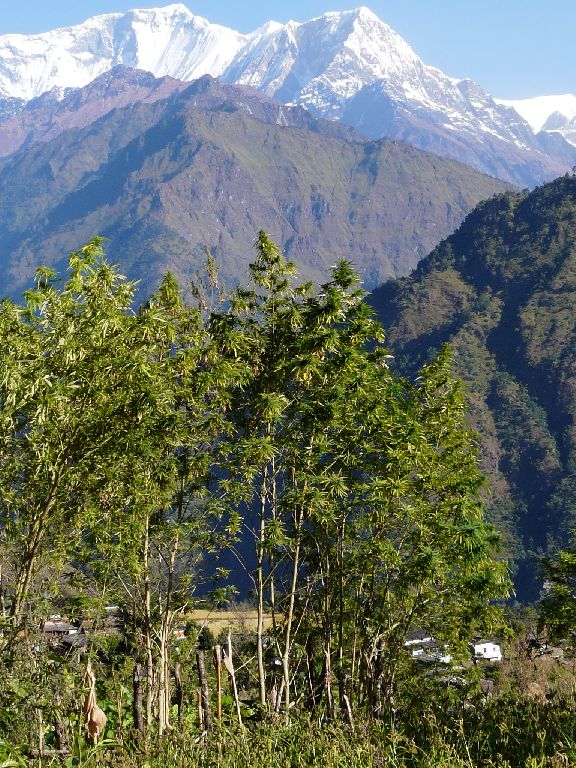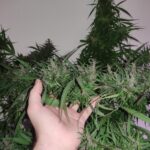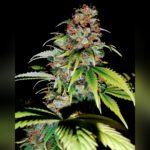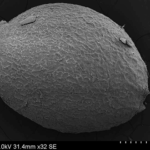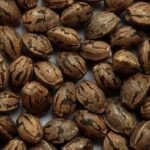There are three essential types of Nepali cannabis landrace strain: Himalayan multipurpose, ‘mountain ganja’, and the true ganja landraces cultivated down on the subtropical Terai along the border with India.
For examples of multipurpose Himalayan landraces see accessions such as ‘Dolpa’, ‘Kathmandu Valley’, and ‘Nepalese White Mountain’. Very much the same type of plant is ‘Kumaoni’, collected from the district of Kumaon in the Indian state of Uttarakhand, a region which from the point of view of cannabis and culture in general is contiguous with Far West Nepal and eastward as far as the fringes of Kathmandu Valley.
These and several other accessions in the Himalayan category of this site are from traditional multipurpose Himalayan crops cultivated and domesticated for the production of food, fibre, and drugs.
For food, they yield large and nutritious seeds, often some of the biggest to be found in cannabis, comparable in size to large Chinese hemp seed or marrow fat peas. These are essential in the winter diet of the Himalaya and indeed further north in the Hindu Kush and Central Asia.
For fibre, these plants are very tall, going way north of four metres on good land and when sown closely will – like hemp – grow to a single stem with little to no branching. Their levels of bast fibre are high, in the case of Kumaoni landraces cultivated around Almora exceeding that of European hemp. Traditionally used to produce textiles, not so long ago they made ‘hempen garments’ that were seen as a mark of the Pahari people’s low status in the excruciatingly stratified social system of the Hindu Himalaya. Cannabis fibre was also used to make shoes. Hemp rope was and is essential to tether livestock such as cows.
For drugs, in the sense of medicines and ‘intoxicants’, good resin content and levels of THC mean leaf and inflorescence can be used for ‘bhang’, in the sense of the most basic form of cannabis product. From late September through to the first half of November, live standing or freshly cut plants are hand-rubbed for charas. Most famously, this sells under underground brand names such as ‘Malana Cream’ or back in the 60s and 70s as ‘Nepalese Temple Balls’.
The second type of Nepali landrace strain is what could be called a Nepali ‘mountain ganja’ landrace. These are a distinct specialized form cultivated for the production of ganja (usually lightly seeded) or garda charas – i.e., dry-sieved resin – in alpine regions such as around Kathmandu and west toward Pokhara. Examples of this mountain ganja type of landrace are our ‘Dakshinkali’ and ‘Nepali Mountain Ganja’.
More potent than multipurpose plants, their aroma is often like that of the true 6-month tropical ganja landraces found to the south on the Terai and in India – scents like that of the strains grown in Bengal, Orissa, or Manipur.
Early finishing at around 5 months from seed to harvest, these mountain ganja strains may have originated through hybridization between ganja landraces and wild-growing mountain bhang. Unlike most true tropical types, their resin glands detach readily for dry-sieving. They’re recommend to folks wanting to grow old-school Sativas outdoors at northern latitudes.
The third and final type are the 6-month true Sativa-type landrace strains from the subtropical Terai. We don’t yet have any in our catalogue but hope to in due course. Meantime you can find first-class examples of such plants in the Southeast Asia section of our catalogue.
The photo shows multipurpose Nepali landraces in early November in Midwest Nepal c. 2008, back on what I guess was the third or fourth ‘strain hunting’ trip after setting up this site.
